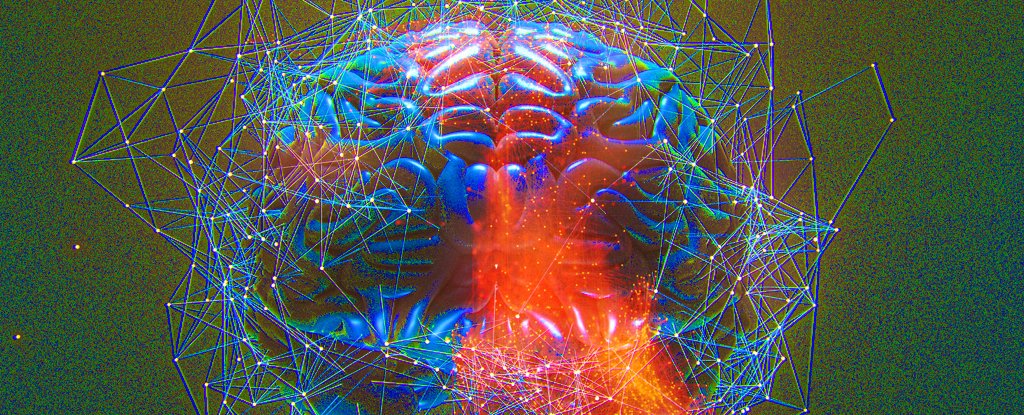
Where does the mind ‘meet’ the brain? While there is no shortage of research on the effects of psychedelics, drugs like LSD still have a lot to teach us about the way the brain works – and may shed light on the mysterious interface between consciousness and neural physiology, research suggests.
In a new study examining the effects of LSD on volunteers, scientists found that the psychedelic allows the brain to function in ways beyond what anatomy usually prescribes through states of dynamic integration and segregation in the human brain change.
“The psychedelic compound LSD causes a profoundly altered state of consciousness,” explains lead author and neuroscientific researcher Andrea Luppi of the University of Cambridge.
“The combination of pharmacological interventions with non-invasive brain imaging techniques, such as functional MRI (fMRI), can provide insight into normal and abnormal brain function.”
The new research falls within the study of dynamic functional connectivity – the theory that brain phenomena show states of functional connectivity that change over time in much the same way that our flow of consciousness is dynamic and always flowing.
When this happens, and the human brain processes information, it must integrate that information into a concatenated form of understanding – but at the same time separate information, keeping different sensory currents separate from each other so that they can be processed by certain neural systems.
This distinction – the dynamics of brain integration and segregation – is influenced by psychedelic drugs, and with the advent of brain imaging technology, we can observe what happens when our normal functional connectivity is disrupted.
In the study, a group of 20 healthy volunteers underwent brain scans in two separate sessions, fourteen days apart. In one session, participants took a placebo before entering the fMRI scanner, while in the other slot, they received an active dose of LSD.
By comparing the results of the two sessions, the researchers found that LSD releases functional connectivity from the limitations of structural connectivity, while at the same time changing the way the brain deals with the balancing act between integration and segregation of information.
“Our main finding is that the effects of LSD on brain function and subjective experience are not uniform over time,” says Luppi.
“In particular, the well-known sense of ‘ego dissolution’ caused by LSD correlates with reorganization of brain networks during a state of high global integration.”
In fact, the altered state of consciousness of the drug could be viewed as an abnormal increase in the brain’s functional complexity – with the data showing times when the brain revealed predominantly separate patterns of functional connectivity.
In other words, the ‘ego dissolution’ of a psychedelic trip could be your brain’s subjective experience cranking up the segregation dynamics, decoupling brain structure from its functioning – meaning your ability to integrate and merge separate streams of information into a united whole is diminished.
LSD thus appears to induce particularly complex patterns of functional connectivity (FC) by inducing additional uncoupling of FC from the underlying structural connectome, precisely at those times when the structural-functional coupling is already at its lowest, the authors explain in their paper. .
“The effects of LSD free the brain to explore a variety of functional connectivity patterns beyond those prescribed by anatomy – presumably resulting in the unusual beliefs and experiences reported during the psychedelic state.”
The findings are reported in NeuroImage.